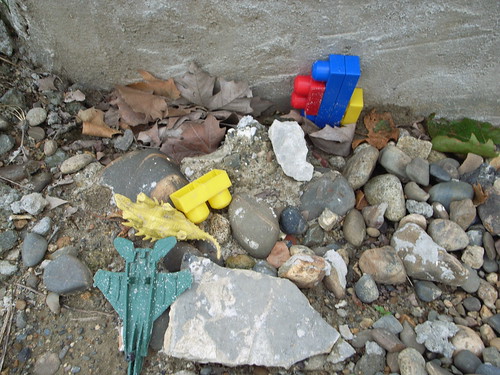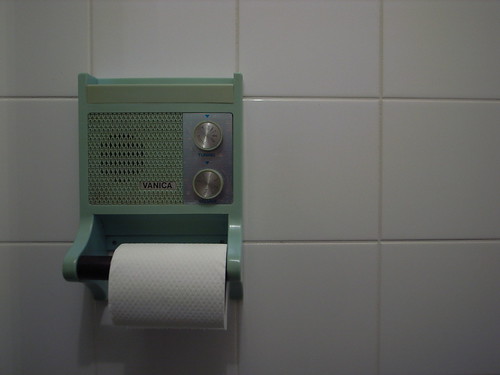Finally got some time to read what inspired the Glowbot project blogged about recently:
Ljungblad, S. and Holmquist, L.E. (2007). Transfer Scenarios: Grounded Innovation with Marginal Practices. In Proceedings of CHI 2007, ACM Conference on Human Factors in Computing Systems, 28 April - 3 May, 2007, San Jose, California, USA.
In this paper, the authors interestingly describes a method they called "Transfer scenarios" that aims at "helping designers to come up with inventive ideas, and at the same time provide grounding in real human needs". The point is to look at "marginal practice" (in their examples having unusual pets, such as snakes and spiders) not to regard the persons involved as "end users" but instead as a way to understand underlying human interests and qualities of interaction, relevant for the design outcome.
Some excerpts I found relevant:
"We define a marginal practice as individuals sharing a specific activity that they consider meaningful. The marginal practice should consist of people that do not reflect the majority of end-users and may even be a group of people that are unlikely to be end-users of our proposed systems. The point is that such a practice can provide a new perspective on the use of the technology, raising design ideas that are based on alternative viewpoints and ways of doing things. A practice that is considered meaningful for a minor group, can still involve underlying needs that a more general group can benefit from."
The authors then proposes a 5-steps process:
"1. Learn about the technolog.y This step involves exploring and learning about the general
properties of the technology. (...) The goal is to get an overview of the possibilities and limitations of the technology, rather than to get a deep technical knowledge.
2. Match the technology with a marginal practice. Another important step is to investigate potential marginal practices and decide for one.
3. Investigate needs and interactions. The third step involves investigating the human activities in
the chosen marginal practice.
4. Analyze and Transfer Data to Initial Design. This step is about analyzing data, such as transcribed
interviews or videos, to transfer the findings into design.
5. Detailed Design and Technology development (...) actual design of the technology, involving intended users."
Why do I blog this? because I have often felt that marginal practices are of interest because they involve passionate users about certain domains and areas. It makes me think of a book I've read recently called "Choosing Death: The Improbable History of Death Metal and Grindcore" (Albert Mudrian, John Peel), which should definitely worth to have a look for people in the music industry. I think the book is a good exemplification of a marginal practice (early 80s, people wanted to play music as speed as possible with extreme vocals) and the underlying motivations that enable it. Back to interaction design, I also like process as the one they presented.

Why the picture here? absolutely not part of their article but it's definitely my own marginal practice: taking pictures weird things such as plastic artifacts and toys in awkward contexts.







 (picture taken by myself of a the nice material we have here)
(picture taken by myself of a the nice material we have here) Why do I blog this? it's a very intriguing connection between activity in the physical space. I won't comment on the socio-cultural implications but it's a clear example of asynchronous activities that are integrated in the game (purchase crap during the day, observe some output/effects back home when you play on the computer.
Why do I blog this? it's a very intriguing connection between activity in the physical space. I won't comment on the socio-cultural implications but it's a clear example of asynchronous activities that are integrated in the game (purchase crap during the day, observe some output/effects back home when you play on the computer.





 (Images taken from
(Images taken from 

